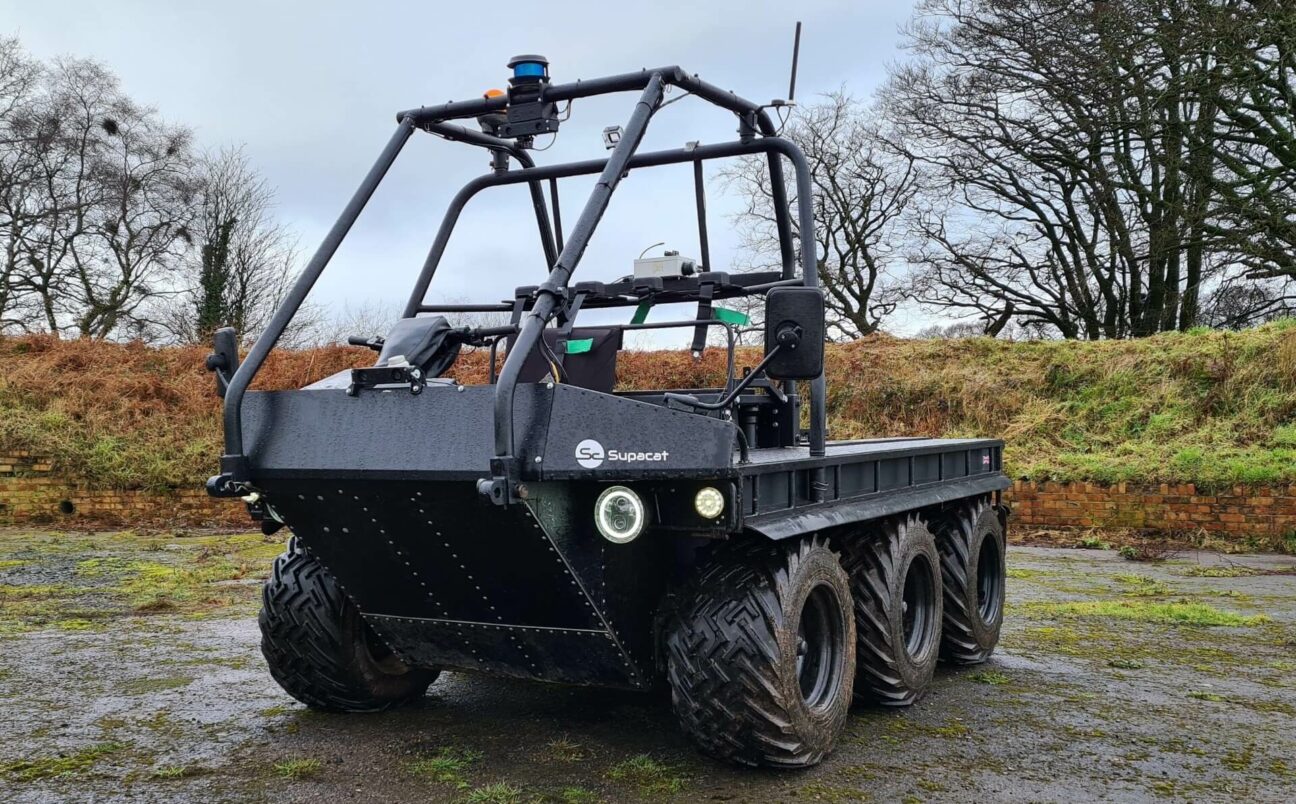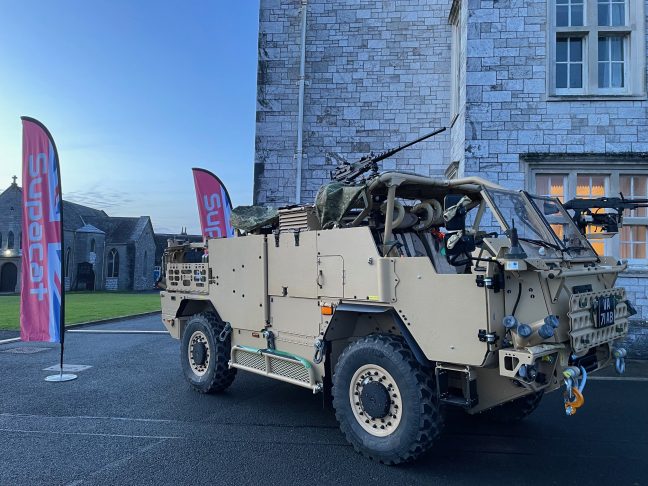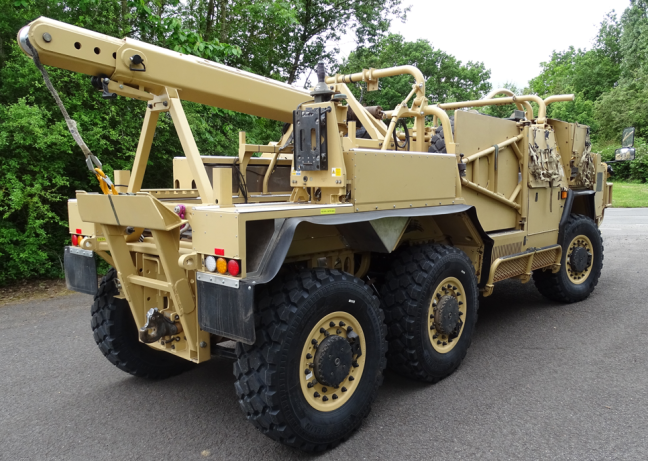
Autonomous Vehicle Programme
As a world renowned developer of defence vehicles, it was a natural progression to move into electric drive-trains and autonomous operations. The development of this next generation of technology was initiated through the University of Exeter Knowledge Transfer Partnership (KTP).
It was a two-year programme, Supacat worked with Yash Katare, KTP associate, Prof Chris Smith, University of Exeter and Prathyush Menon, Director and Deputy Director at the Centre for Future Clean Mobility. The team involved developed every element of the technology to prove the vehicle would achieve optimum operational performance in many environments and the vehicle would retain its unparalleled performance.
Key Results
- The KTP succeeded in converting an all-terrain mobility platform (the ATMP) to an optionally crewed vehicle, with a high payload (best in class) capacity that can carry up to a 1.6 tonne load with or without a human on board using remote operation, including the creation of ‘open architecture’ interfaces to a range of OEM autonomy packages.
- The company developed the ability to incorporate intelligent control systems into its products on a scale from driver assistance to full autonomy, whilst being able to physically demonstrate this capability to customers.
- Key autonomous technologies were embedded within the company. These included:
- Simultaneous Localisation and Mapping (SLAM), the computer-led process of mapping an unknown environment using the vision-based sensor information, while keeping track of a vehicle’s location within the environment
- Developing algorithms that enable the vehicle to detect and respond in real-time to objects in its surrounding environment
- Integrating the new technology with the vehicle’s architecture to monitor and control its operation from a remote ground station or mothership.
- Commencing integration of the new technology with a third-party planning system to facilitate end-to-end, unmanned logistics supply.
- Providing the core technology base for the vehicle to take part in future teaming applications
- The company has already undertaken full software system engineering in house for two major prestige projects for other Original Equipment Manufacturers (OEMs).
- In addition to this, the company has formed a joint autonomous ‘ecosystem’ with several OEMs to partner on future opportunities.

High Mobility Transporter Mk3
This project is one of the first contracts to deliver on the UK’s Land Industrial Strategy.

Light Weight Recovery Vehicle
The 6×6 HMT LWRV offers high levels of agility, off-road performance and protection in common with Supacat’s High Mobility Transporter (HMT) family, demonstrating the modularity of the HMT platform.

Boxer CRV
Supacat has been working with Rheinmetall for over 9 years on LAND 400 Phase 2 (BOXER CRV) and was the first Australian company to join their team.